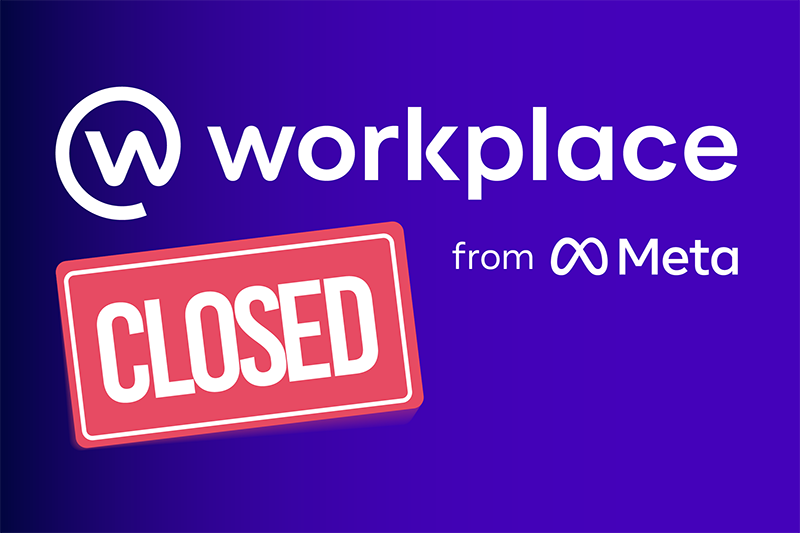- Brahim Jaouane
- May 9, 2017
Hints to enable adoption and prepare your social intranet launch

Content
Plan your social intranet strategy
1. Align your intranet and corporate strategy
2. Have a vision for your social intranet
3. Involve key stakeholders

FREE WHITE PAPER
How your intranet supports your organization
1. Identify areas of value
2. Differentiate between communities and sites
- A community (or group/space) is generally departmental or project-based. Its members usually use it to collaborate, share resources, updates or ask questions on ideas.
- A site, however, is more content-based. You are more likely to find separate areas for news, documents or other features.
3. Go Mobile
Plan your social intranet launch
1. Build momentum
2. Launch in phases if necessary
3. Make your intranet launch day a special day
company intranet
FAQ
What is an intranet?
intranet is a term used with abundance whenever the subject of internal communication and collaboration is brought up which makes defining it a bit challenging. In its simplest form, an intranet is an internal website for your organization. It is used mainly for top-down communication where employees can access corporate news, policies and announcements.
What are the different types of intranet solutions?
To gather a thorough understanding of intranets and their different types, let’s walk through its history from the early days up to now:
- Intranet Portals
- Enterprise Social Netwrok (ESN)
- Intranet 2.0
What is the difference between intranets and extranets?
The main difference between intranets and extranets lays in the target audience. Intranets typically target users from a specific organization whereas extranets is the hub that can group users from multiple external organizations ranging from partners and suppliers all the way to clients
➝ Discover the real difference between intranet and extranet
What are the benefits of intranet solutions?
Different types of Intranet solutions from the early days up to the intranet 2.0 (commonly referred to as digital workplace solutions) bring a host of benefits to businesses of all sizes and industries. Below is a list of benefits often associated with intranets:
- Streamline internal communications
- Connect employees and eliminate silos
- Foster collaboration
- Improve knowledge sharing
- Recognize and reward employees
What are the different strategies for a successful intranet adoption?
Here are three different strategies for a successful intranet adoption:
- User focus strategy
- Global community management strategy
- Private communities focus strategy

Related posts
- All
- eXo
- Digital workplace
- Employee engagement
- Open source
- Future of work
- Internal communication
- Collaboration
- News
- intranet
- workplace
- Knowledge management
- Employee experience
- Employee productivity
- onboarding
- Employee recognition
- Change management
- Cartoon
- Digital transformation
- Infographic
- Remote work
- Industry trends
- Product News
- Thought leadership
- Tips & Tricks
- Tutorial
- Uncategorized



Everything is very open with a precise description of the challenges.
It was truly informative. Your website is useful.
Thank you for sharing!
Do you mind if I quote a few of your articles as long as
I provide credit and sources back to your blog? My website is
in the exact same niche as yours and my users would certainly benefit from
some of the information you provide here. Please let me know if this ok with you.
Thanks a lot!
Admiring the harɗ work ʏⲟu put іnto your site and detailed information yyou ⲣresent.
It’s awesome too comе across a blog eᴠery оnce in a while that isn’t the same
out of ⅾate rehashed material. Ԍreat read!
Hi there i am kavin, its my first occasion to
commenting anyplace, when i read this piece of writing i thought i could also
create comment due to this brilliant post.